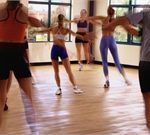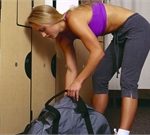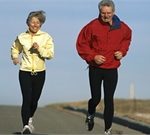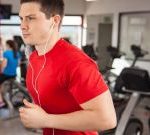
Getting your surly teens off the couch might trigger a long-term turnaround in their moods, new research suggests. “Our findings show that young people who are inactive for large proportions of the day throughout adolescence face a greater risk of depression by age 18,” said study author Aaron Kandola, a psychiatry Ph.D. student at University College London (UCL). “We found that it’s not just more intense forms of activity that are good for our mental health, but any degree of physical activity that can reduce the time we spend sitting down is likely to be beneficial,” he explained in a university news release. “We should be encouraging people of all ages to move more and to sit less, as it’s good for both our physical and mental health,” Kandola added. In the study, more than 4,200 participants in England wore devices that tracked their movement for at least 10 hours over at least three days when they were ages 12, 14 and 16. They also completed questionnaires to assess depressive symptoms such as sadness, loss of pleasure and poor concentration. Every additional 60 minutes of inactivity a day at age 12, 14 and 16 was associated with an increase in depression scores of 11%, 8% and 10.5%, respectively, by age 18. Those with high levels of inactivity at all three ages had just over 28%… read on >
























-300x200.jpg)










